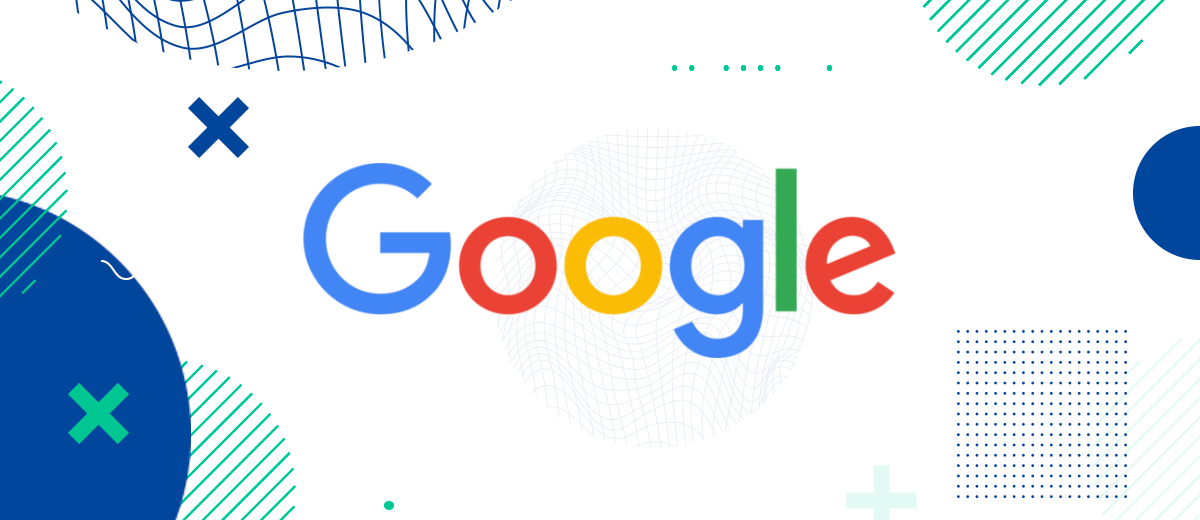"Everyone is doing it, but are we worse? And competitors are
stepping on heels ..." – Google thought, and already on Monday,
February 6, the company introduced users to its own "smart" chatbot
named Bard.
Google CEO Sundar Pichai announced the launch of the new product by posting this information on his blog. At the same time, he immediately warned that at first access to the chatbot would be given to a narrow circle of testers, and only after that – to everyone else who wanted to try it out in action. The CEO promised that the wait would not be long, as only a few weeks were allotted for testing.
Mega-popular intellectual chatbot ChatGPT (developer – OpenAI) and Bard combine 2 key points:
- LLM was used as the basis for creating both;
- training on gigantic volumes of data to form the skills of issuing relevant and most reliable answers to questions.
Sundar Pichai noted that during working on Bard, specialists
poured huge amounts of world knowledge into a large language model.
LLM's level of power, intelligence, and creativity, combined with its high-end erudition, should help this chatbot beat the competition. In
addition, Bard is endowed with the ability to draw the information it needs from the global network to give the user the most
capacious and relevant answer. This is its advantage over the
sensational ChatGPT.
Google was forced to hurry with the presentation of its chatbot by a
serious risk to which its search engine was exposed. It turned out that
ChatGPT, which is now at the peak of its popularity, is actively used
not only for writing essays and materials for websites. With its
help, users also look for answers to questions that were habitually
"googled" before. Thus, the emergence of Bard can be considered an
attempt to prevent the impending decline of the company's search
business.
